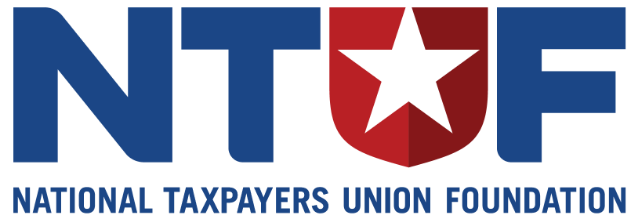The table below shows the latest BillTally findings on the Wisconsin delegation from National Taxpayers Union Foundation’s analysis of the 112th Congress. The report provides a comprehensive overview of the net cost of all of the spending and savings bills sponsored or cosponsored by each Member of Congress. We cross-index our database of cost estimates with each bill supported by each Member to calculate their net spending agenda (excluding overlapping/duplicate measures).
| Net Cost of Legislation Sponsored and Cosponsored by Wisconsin’s Congressional Delegation in the 112th Congress (Dollar Figures in Millions) | ||||||
| Name | Party | Increases | Decreases | Net Spending Agenda | # of Increases | # of Decreases |
| Johnson, Ron | R | $833 | ($373,632) | ($372,799) | 9 | 29 |
| Kohl, Herbert | D | $6,344 | ($12,873) | ($6,529) | 28 | 7 |
| Baldwin, Tammy | D | $1,247,749 | ($13,375) | $1,234,374 | 66 | 5 |
| Duffy, Sean | R | $8,857 | ($188,057) | ($179,200) | 16 | 15 |
| Kind, Ronald | D | $20,540 | ($3,937) | $16,603 | 44 | 9 |
| Moore, Gwen | D | $1,365,297 | ($43,457) | $1,321,840 | 104 | 4 |
| Petri, Thomas | R | $13,035 | ($44,296) | ($31,261) | 21 | 10 |
| Ribble, Reid | R | $1,626 | ($230,680) | ($229,054) | 18 | 28 |
| Ryan, Paul | R | $140 | ($148,373) | ($148,233) | 6 | 6 |
| Sensenbrenner, James | R | $422 | ($49,054) | ($48,632) | 12 | 8 |
| Note: The links in the names will open a detailed report of that Member’s sponsored bills that had cost estimates. | ||||||
Wisconsin’s Democratic House delegation proposed to increase spending by an average of $858 billion. That was higher than all but 6 other Democratic House delegations in the country. All of Wisconsin’s House Democrats were “net spenders,” meaning that the legislation they sponsored would, on net, increase federal spending if passed. The opposite was true of Wisconsin’s House Republicans. The net overall spending agenda of the entire House delegation, including both parties, was just over $242 billion, the 12th highest among all states and territories.
Wisconsin’s Senate contingency proposed a net average cut agenda of nearly $190 billion. Only 14 other Senate delegations sponsored larger budget cuts on average. Democratic Senator Herbert Kohl’s nearly $7 billion in cuts was well below the $39 billion net increase agenda supported by the average Senate Democrat. In fact, Senator Kohl was one of only 6 Democrats in the Senate to support an agenda that would, on net, decrease federal outlays. His Republican colleague, Ron Johnson, proposed just shy of $373 billion in budget cuts, more than all but 7 other Senators in Congress.
The legislation sponsored by Reps. Tammy Baldwin and Gwen Moore would increase outlays by over $1 trillion. Both sponsored bills to enact a single-payer, universal health system exclusively administered by the federal government. Among all of the legislation introduced in the 112th Congress, this proposal had the largest price tag.
The full report contains lots of other data points, including the cost of all bills introduced in each Chamber and a look at fiscally-related member caucuses such as the Tea Party Caucus.
Links:
- Report: http://www.ntu.org/foundation/billtally-report-112-3.html (or pdf)
- Press Release: https://www.ntu.org/foundation/52813_112th-congress-billtally-spending-report.html
- Searchable Database of Members’ Legislation: https://www.ntu.org/on-capitol-hill/billtally/

